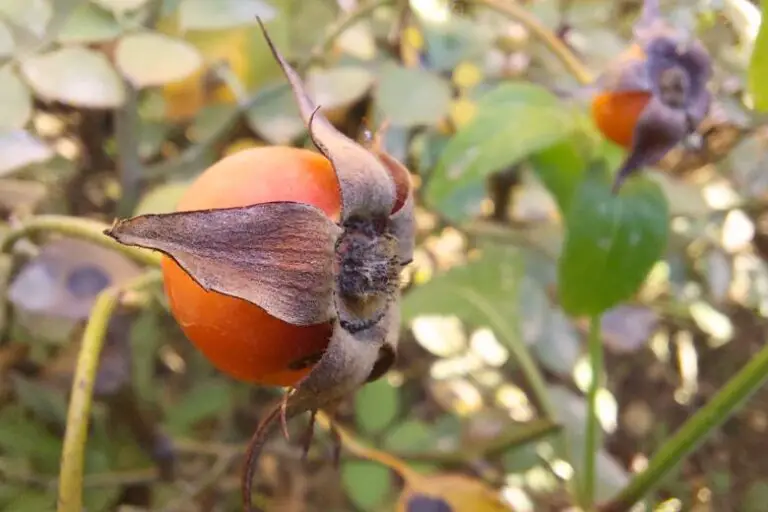When to Plant Strawberries in Washington State
Strawberries are a delectable treat that many Washington State residents love to grow in their gardens. But timing is everything when it comes to cultivating these juicy delights. Let’s explore the factors that determine the optimal planting time for strawberries in Washington State.
Understanding Washington’s Climate
Washington’s diverse climate can influence the success of your strawberry plants. Coastal regions have milder winters, while inland areas experience more temperature extremes. It’s crucial to be aware of your specific microclimate to ensure your strawberries thrive.
Selecting the Right Strawberry Varieties
Choosing the right strawberry variety is key to a successful harvest. Varieties like “Albion” and “Hood” are popular in Washington due to their adaptability to the state’s climate. Consider factors such as day-neutral, June-bearing, or everbearing types to match your growing goals.
Preparing Your Soil for Planting
Well-draining soil rich in organic matter is vital for strawberry plants. Conduct a soil test to determine its pH level and nutrient content. Make necessary amendments to create an ideal environment for your strawberries to flourish.
Choosing the Perfect Planting Time
The best time to plant strawberries in Washington is during the early spring or late summer. Aim for planting in March through April for spring planting and late July through August for a fall crop. These times align with cooler temperatures and allow plants to establish roots before harsh weather arrives.
Planting Strawberries Step by Step
- Choose Healthy Plants: Select disease-free, young strawberry plants from reputable nurseries.
- Prepare the Soil: Loosen the soil and create raised beds to ensure proper drainage.
- Spacing Matters: Plant strawberries 12-18 inches apart in rows with 3-4 feet between rows.
- Set the Plants: Place each plant in a hole, ensuring the crown is level with the soil surface.
- Water and Mulch: Water the plants thoroughly after planting and add a layer of mulch to retain moisture.
Mulching and Watering Strategies
Mulching is essential for moisture retention and weed suppression. Apply straw or other organic mulch around the plants, leaving the crown exposed. Water your strawberries regularly, aiming to keep the soil consistently moist but not waterlogged.
Caring for Growing Strawberry Plants
Regularly inspect your strawberry plants for pests and diseases. Fertilize them in the spring with balanced fertilizer and provide additional feeding after each harvest. Remove any runners to direct the plant’s energy into fruit production.
Dealing with Pests and Diseases
Keep a vigilant eye out for common pests like aphids and slugs, as well as diseases like gray mold and powdery mildew. Integrated pest management practices, such as introducing beneficial insects, can help control these issues.
Harvesting Sweet Rewards
Your patience will be rewarded as your strawberries ripen. Harvest them when fully red and plump, usually 3-4 weeks after flowering. Gently twist the berries to detach them from the plant, ensuring the stem remains intact.
Extending the Growing Season
To enjoy strawberries for a more extended period, consider planting different varieties with varying harvest times. This approach can provide you with a continuous supply of fresh strawberries throughout the growing season.
Overwintering Strategies
Protect your strawberry plants during winter by covering them with straw or pine needles. This insulating layer helps prevent temperature fluctuations and protects the plants from frost damage.
Frequently Asked Questions (FAQs)
Can I plant strawberries in containers
Absolutely! Container gardening is a great option, especially if you have limited space.
How often should I water my strawberry plants?
Aim for 1-1.5 inches of water per week, adjusting based on weather conditions.
Do strawberries need full sun?
Yes, strawberries thrive in full sun, receiving at least 6-8 hours of sunlight daily.
Can I grow strawberries indoors
While challenging, it’s possible with the right lighting and care, using methods like hydroponics.
When should I replace strawberry plants?
Replace plants every 3-4 years to maintain optimal yield and health.
Conclusion
Now that you’re armed with the knowledge of when and how to plant strawberries in Washington State, it’s time to embark on your strawberry-growing journey. By following these guidelines and giving your plants the care they deserve, you’ll be indulging in the sweet, juicy goodness of homegrown strawberries in no time.



